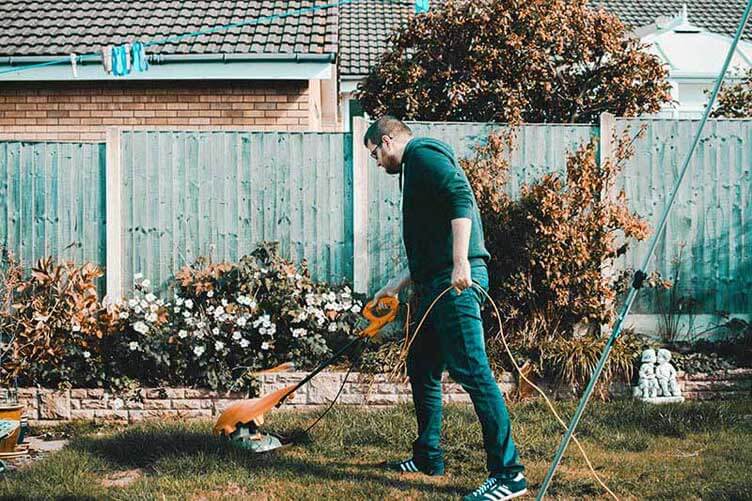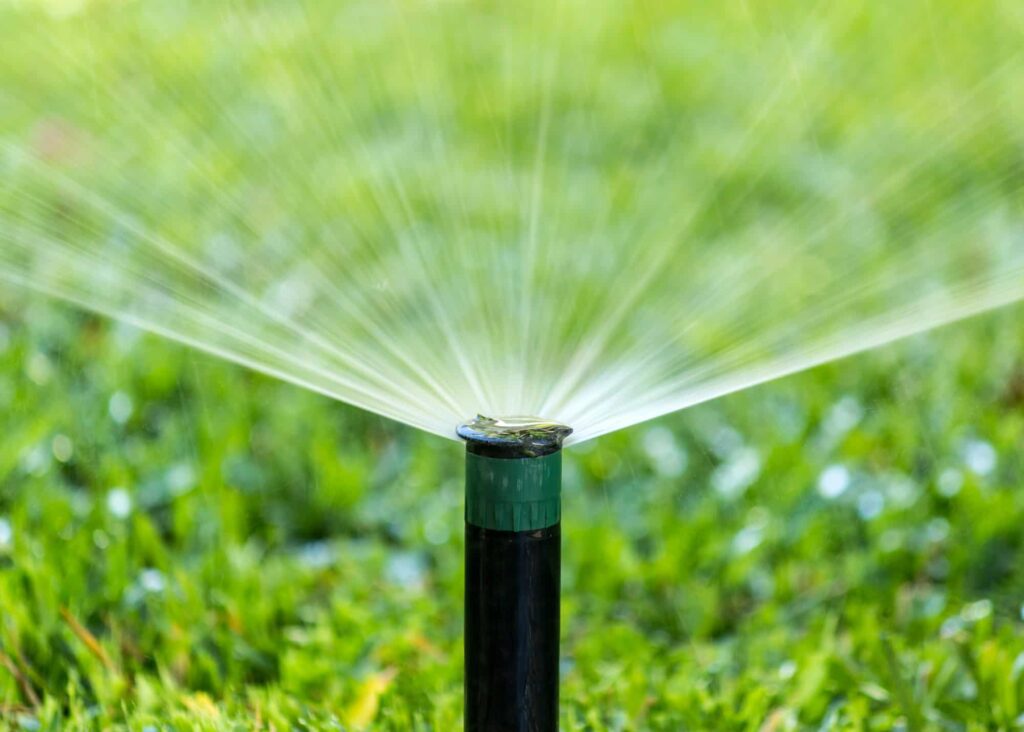Green Landscaping: Cut Carbon Emissions with Strategy
Landscaping and maintaining your yard can range from planting and trimming a few shrubs to mowing acres of grass, raking leaves, and controlling weeds. Larger jobs that could take hours of back-breaking labor are easier and faster using powered landscaping equipment. These efficient tools also allow professional landscaping companies to serve multiple customers in no time.
While mowers, blowers, and weed whackers are necessary tools for landscaping crews, they come with a catch – carbon emissions. Like other motorized equipment, many landscaping tools burn fossil fuels such as gas, oil, and propane. The two and four-stroke engines that power this equipment do not burn as cleanly as we would like to think. Because the fuel burns incompletely, they release emissions such as carbon dioxide into the air and contribute to our overall pollution.
According to a recent EPA study, average lawn mower use over the course of a year can release 89 pounds of carbon dioxide and 32 pounds of other emissions. Additionally, a 2017 study by the California Resources Board concluded that one hour of operating a leaf blower was equivalent to driving a 2016 Camry about 1100 miles, prompting the state to require only electric equipment after 2024.
What can landscapers and homeowners do to reduce carbon emissions while keeping their yards looking great?
Become Aware
The gas-powered engines used in landscaping equipment have been around for many years and are primarily ungoverned by regulations. Professionals and homeowners alike buy gas-powered mowers and trimmers without a second thought. They are robust and reliable and get the job done.
The environmental cost is largely unknown, unseen, and accepted. The first step to making measurable changes is becoming aware of the impact these activities have on the environment and being willing to take action to change.
Invest in Fuel-Efficiency
Landscaping companies regularly transport equipment from one location to another. Clients may live in different neighborhoods and even across town. Driving many miles over the course of a week, towing equipment on a trailer is not uncommon. Choosing to buy more fuel-efficient vehicles is a great first step. Hybrid or all-electric vehicles not only burn fewer fossil fuels but produce fewer carbon emissions as well.
Scheduling Wisely
A thriving landscape company in Naperville may have clients in many different neighborhoods, from Aurora to Downers, Hinsdale, and Glen Ellyn. Scheduling customers in the name area for the same day helps to cut back on the number of miles driven using company vehicles. Using GPS to find the fastest and most efficient route from one job to another can help crews avoid burning excess time and fuel wading through traffic or detouring around road closures.
Upgrading Equipment
The two-stroke engines common in many landscaping tools burn a mixture of oil and gas. Because this fuel does not burn completely or efficiently, the process results in more carbon emissions than we would like. While four-stroke engines are more efficient, they still fall short of the efficiency standards that govern the modern engines in our cars.
While upgrading all of their equipment at once would cost a small fortune for a landscaper, small changes over time can make a difference in their company’s carbon footprint. If your lawn equipment needs an upgrade, consider these possibilities:
- Low emission blowers
- Battery-powered trimmers, edgers, and mowers
- Electronic fuel injection engines for riding mowers
- Propane-powered mowers
Replacing aging equipment with more efficient versions can slowly reduce your carbon footprint without taking a huge chunk out of the budget. It is also worth noting that battery-powered equipment runs much quieter, making it less likely to cause hearing damage and create noise pollution. You might enjoy using it more than your old noisy gas-powered tool.
Use People Power
Yes, power equipment can make quick, easy work of jobs of any size. However, small jobs are still easily completed with the proper hand tools and a little elbow grease. Investing in all types of tools allows you to choose the best one for each and every task. This could help you reduce carbon emissions while creating landscaping harmony.
Getting Started
Regardless of the industry, adopting green business practices takes time. Making a difference in our carbon footprint takes the efforts of every business and individual. Small choices to do things differently and better improve our air quality and the world we live in every day. Working together, we can make the world a greener place to live.









